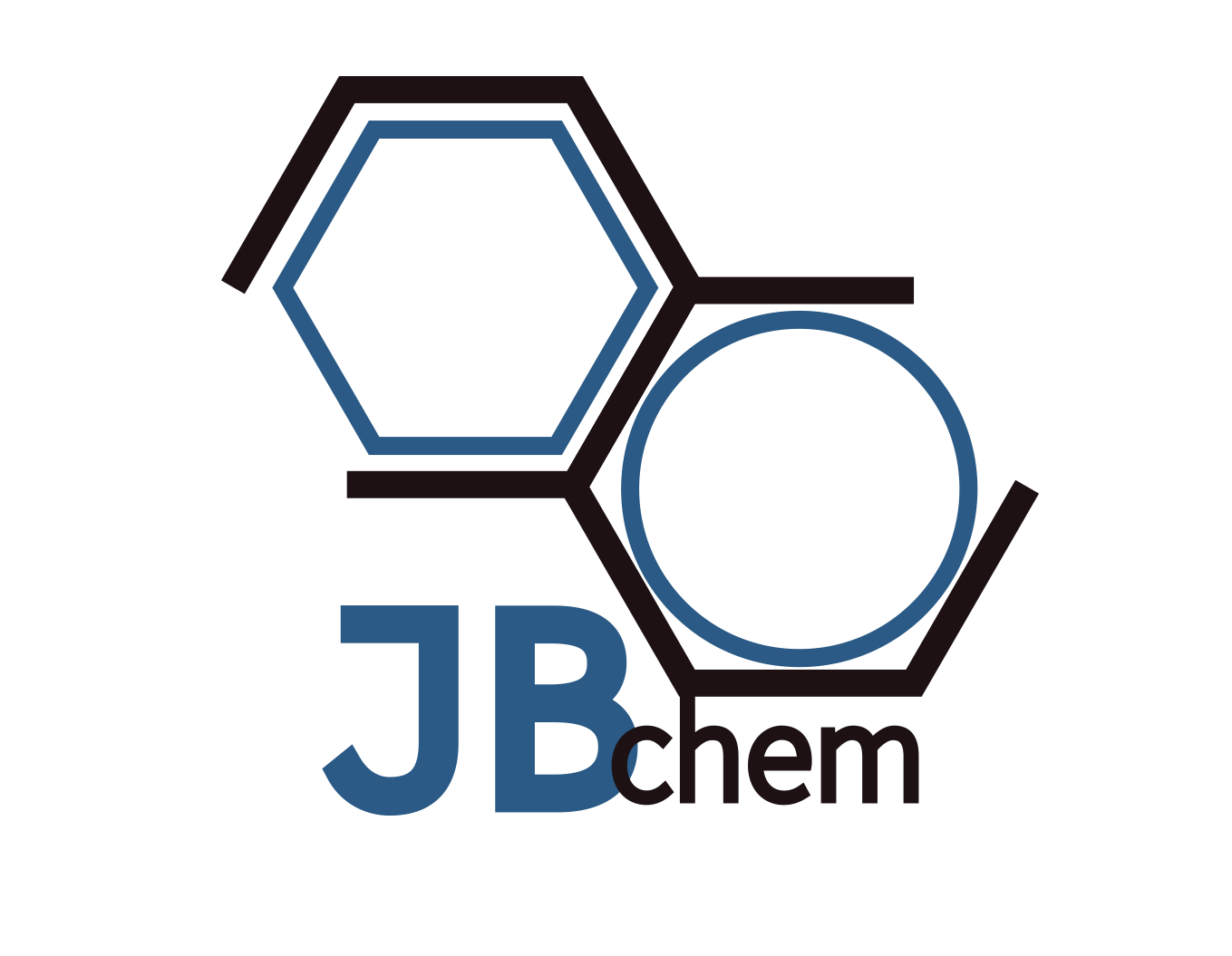Aluminum Nanoparticles/Nanopowder
Product Properties
Aluminum (Al) nanopowder/nanoparticles (nm & um)
Size | Type | Particle size(nm) | Purity (%) | Specific surface area(m2/g) | Bulk density(g/cm3) | Polymorphs | Color |
nm | JB-Al-001 | 50 | >99.9 | 20 | 0.23 | spherical | black |
sub um | JB-Al-002 | 800 | >99.4 | 2 | 1.5 | spherical | silver gray |
Custom | Acccording to customers requirment. (30-800nm etc) | ||||||
Aluminum (Al) Nanopowder Main Feature
The main feature of al nanopowder is its dramatically increased surface area compared to its volume, which enhances its reactivity and enables unique properties distinct from bulk aluminum. This increase in surface area leads to improved catalytic activity, higher energy reactions in materials applications, and enhanced physical properties like strength and thermal conductivity. Additionally, aluminum nanopowder’s small particle size results in exceptional optical properties, making it useful in advanced materials and high-performance applications. The nanopowder’s lightweight nature combined with these enhanced characteristics makes it ideal for innovative uses in electronics, aerospace, and nanotechnology fields.
Aluminum (Al) Nanopowder Applications
- Solid Rocket Propellants: Aluminum nanopowder is used as a high-energy fuel component in solid rocket propellants due to its ability to release a significant amount of energy upon oxidation.
- Thermite Reactions: Utilized in thermite mixtures for welding, incendiary devices, and metal cutting applications, benefiting from the nanopowder’s high reactivity.
- Conductive Pastes and Inks: Enhances electrical conductivity in printed electronics, leading to its use in creating conductive tracks on various substrates.
- Energy Storage: Improves the performance of batteries and supercapacitors as an additive in electrodes, contributing to higher efficiency and capacity.
- Composite Materials: Added to polymers, ceramics, and metals to enhance mechanical properties such as strength, thermal stability, and wear resistance.
- Coatings: Used in protective and anti-corrosive coatings, leveraging its thermal and electrical conductivity, as well as reflectivity.
- Chemical Catalysts: Acts as a catalyst or catalyst support in various chemical reactions, improving the efficiency and selectivity of processes.
- Additives in Sunscreens and Cosmetics: Utilized for its reflective properties and ability to provide UV protection.
- Drug Delivery: Explored for use in targeted drug delivery systems due to its ability to be engineered into precise geometries and sizes.

